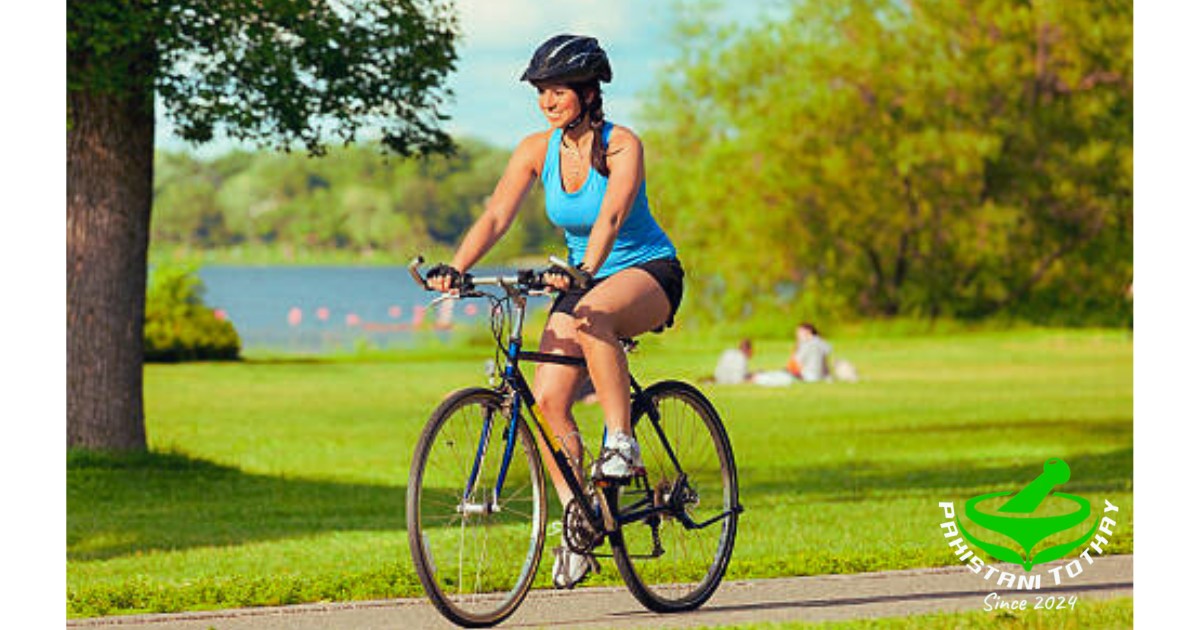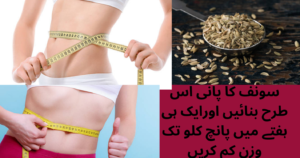Does cycling burn belly fat? Yes! Cycling burns calories and boosts metabolism, helping reduce overall body fat, including belly fat. Combined with a healthy diet, it’s an effective way to slim down.
There are many reasons to cycle regularly. It can make you feel more satisfied and improve brain function. It might even help you live longer.
Another benefit of riding is it might affect belly fat. This is not just for looks. It’s also good for your health.
Here’s why belly fat is a concern, along with what cycling does to your body.
What are the dangers of belly fat?

Excess weight can lead to health problems. For example, obesity is linked to certain cancers. Belly fat is especially risky.
Abdominal fat, or belly fat, is defined by a waist size over 35 inches for women and 40 inches for men. It’s linked to high blood pressure, high cholesterol, high blood sugar, and diabetes.
A 2025 study in the European Journal of Preventive Cardiology found belly fat increases heart attack risk. Even if you’re not overweight, it still raises your risk. The American Heart Association agrees.
A study in The Journal of Steroid Biochemistry and Molecular Biology found belly fat can lead to kidney and liver issues.
Why does belly fat increase health risks more than other fats? It’s because belly fat wraps around organs. This can harm blood pressure, cholesterol, and insulin levels, says Stacy Brethauer, M.D. from Ohio State University.
Even the fat just under the skin, called subcutaneous abdominal fat, can cause inflammation. This can hurt your immune system, Brethauer tells Bicycling.
“Using belly fat as a health measure is helpful,” Brethauer advises. “Try to lower belly fat with exercise and good nutrition.”
Does Cycling Burn Belly Fat?

Now, let’s look at how cycling can help with belly fat.
Many magazines promise to reduce belly fat. But, spot reduction is not possible, says Ryan Glatt, a personal trainer at Pacific Neuroscience Institute.
“Targeted fat loss is not how our bodies work,” Glatt explains. “You might see fat loss in the belly or hips. But, you’re actually losing fat all over and building muscle, too.”
Cycling is great because it combines strength and endurance. It can increase muscle mass and burn calories. This means you can work on your midsection and improve your overall body shape. Cycling has been shown to reduce body fat, especially in overweight people. To get the most out of cycling, there are some key strategies to follow.
How can you increase the fat-burning effect of cycling?

1. Implement Interval Training
Do interval training once or twice a week. You don’t need to do it more than that. If you race or go hard on weekends, stick to one day.
Numerous studies show high-intensity training cuts down total abdominal fat. It’s especially good at reducing dangerous visceral (belly) fat more than low-intensity exercise.
There are many ways to do interval training. A simple example is to warm up for 10 to 15 minutes. Then, increase your effort to a hard level (aim for a 9 on a scale of 1 to 10) for 30 to 60 seconds. Rest for one minute, then repeat for 5 times, and cool down for two to three minutes.
2. Focus on Endurance
Interval training isn’t done every day. Or even more than twice a week. That’s because going hard all the time stresses your body and causes chronic inflammation. This can help store belly fat. Limit the intensity to a couple times a week and ride at a controlled pace the rest of the time.
“Most recreational cyclists do too much high-intensity training,” said Iñigo San Millán, Ph.D. He’s the director of the Exercise Physiology and Human Performance Lab at the University of Colorado School of Medicine. “Many of your rides should be in zone 2,” he advises Bicycling. This is a level where you can talk the whole time—about a 5 to 6 on a scale of 1 to 10. “This is usually the intensity that elicits the highest fat oxidation for energy purposes,” says San Millán.
3. Use the 80/20 Rule
Many coaches suggest the “80/20 rule,” also called polarized training. It’s great for burning belly fat and getting fitter and faster.
The idea is to ride 80 percent of the time at low intensity. Then, ride 20 percent at moderate to hard intensity. This way, you’ll have the energy to perform well during hard efforts, says San Millán.
By doing both, you improve your overall fitness. Your slow-twitch muscle fibers help clear out the lactate from high-intensity rides. This means you can work harder and burn more fat.
4. Get Enough Sleep
More bike time is key, but don’t forget to recover properly with enough sleep. It can even help you lose weight.
Not sleeping enough can lead to weight gain, studies show. A research review in Nutrients found short sleep is linked to weight gain and obesity.
Just five days of less sleep can cause short-term weight gain. Chronic sleep issues might harm your metabolism.
5. Dial In Your Nutrition
Glatt says, “Abs are made in the kitchen.” That’s true, but core-strengthening exercises are important too. They boost mobility and cycling performance. But for fat loss, nutrition is key.
Research in Nutrients shows eating lots of plant-based foods can reduce belly fat. These foods are full of soluble fiber, vitamins, and minerals.
Even how fast you eat might play a part in abdominal fat, according to research in BMC Public Health. This study found that those who ate quickly had a higher waist circumference.
“Combining meaningful nutritional strategies with cycling is your best bet when it comes to body composition,” Glatt says. “You can reduce fat while building strength and endurance,” he adds.
















[…] Cambogia is a standout in herbal weight loss supplements. This tropical fruit has hydroxycitric acid (HCA). It blocks fat production and reduces hunger. […]